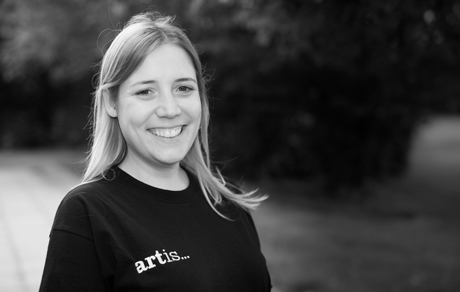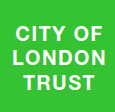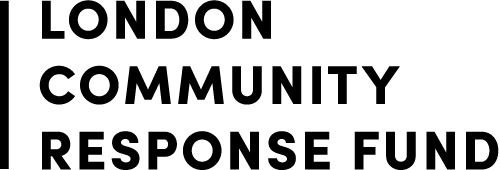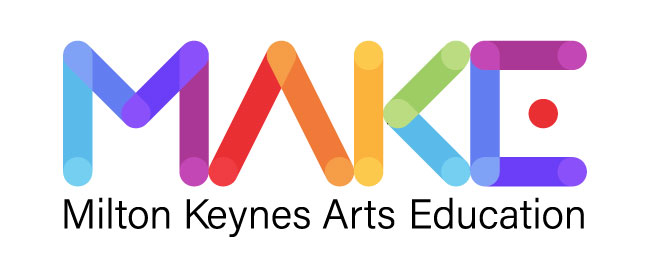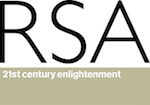Chiffchaff & Pobblebonk
|
By Charlotte Soulsby (Clink)
Onomatopoeias – words that imitate the sounds they’re describing – pop up in the dictionary more often than you might think. Along with a whole host of creatures named for the snorts, squawks and squeaks they make (the chickadee, chiffchaff and chipmunk, for example), there are many more words that started life as an echo; laugh, sneeze, and even pebble are attempts to describe their respective sounds. There’s even a theory (the aptly named Bow Wow Theory) that proposes language developed after our ancestors mimicked the sloshes, splashes and pitter patters of nature.
Whether true or not, there’s no denying that onomatopoeic words are a beloved feature of many languages. From the gobble of a turkey to the pobblebonk of a plucked banjo, onomatopoeic words have an almost physical impact, conjuring up stronger, more vivid imagery.
Here at Artis, we love onomatopoeic words so much that every single one of us is given an onomatopoeic pseudonym that best represents them. Not only do our onomatopoeic names remind us to always cause a stir and create a buzz, they are linked to the fusion of performing arts that is at the heart of an Artis education. They remind us that you can hear movement (the click of shoes, the clap of hands) and feel sound (the rumble of a car engine, the boom of a drum). Our senses do not exist in isolation and it is this combination of physical sensations that children experience in their Artis sessions.
Our onomatopoeic names also help cultivate an atmosphere of curiosity and exploration in the classroom. When your teacher is called Sploosh or Vroom, it immediately establishes that this is a space in which children are allowed to let their imaginations and creativity run wild, a place where they can flutter or twirl, swish or sway, whoosh, natter or shake.
Of course, not all onomatopoeic names are suitable for the school environment. Artis Specialists are never named after bodily functions (burp and plop, for example); anything associated with illness or pain (yawn, moan, weep or sniff); the downright absurd (wibble-wobble, zippidy-doo); ones with certain connotations (bonk, bong or puff); or anything that can be easily mispronounced by an excited four-year-old (pluck, nibble). We’ve previously gotten into a spot of trouble after sending a Specialist called Whizz to a Manchester school only to discover that this is in fact a local slang term for drugs.
Onomatopoeic words are also fantastic tools in literature. They can draw in even the most reluctant reader by making a story more descriptive or by providing a blast of humour. In Phyllis Root’s ‘Rattletrap Car’, onomatopoeia is used to enhance the tone of the narrative as the rusty old car brums along the road before its tyre bursts. In ‘Slop Goes the Soup’ by Pamela Edwards, a whole sequence of events is caused by the warthog’s a-a-choo. Some books we would thoroughly recommend incorporating into lesson plans include Dr Suess’ ‘Mr Brown Can Moo, Can You?’, Julia Donaldson’s ‘Toddle Waddle’, and ‘If You Were An Onomatopoeia’ by Trisha Shashkan.
From Batman’s pow to Dennis the Menace’s guffaw, onomatopoeic words are loved by children and adults alike. They can make us giggle and squeal, hoot and woop. They can inject a little extra zing into everyday language. They can help make words sparkle. Most importantly of all, they can spark imaginations. |
08 Dec 2015 |

